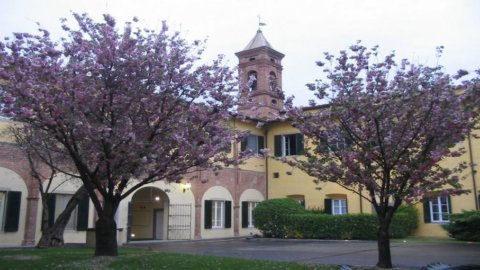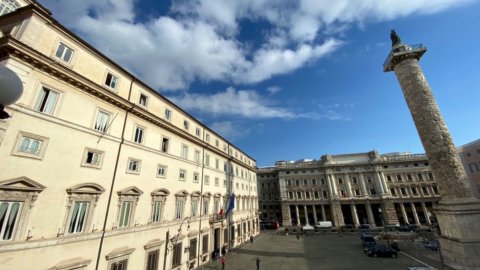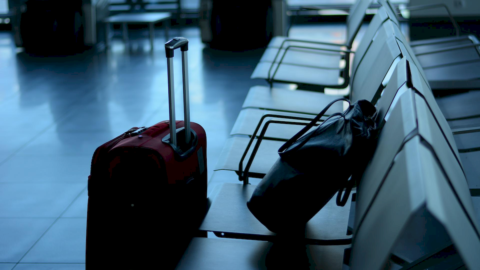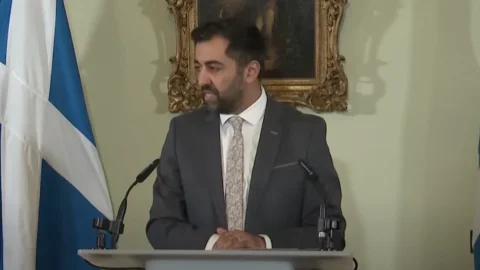There are those who, right from the start, called the Letta government "the Sant'Anna government". And the weekly L'Espresso has just dedicated an extensive article to the triumph of the Scuola Superiore Sant'Anna and its famous College, titling it “Pisa caput mundi”. In fact, for Sant'Anna the result of the start of this tormented legislature was amazing: Enrico Letta, from Pisa and former student of Sant'Anna, president of the Council and Maria Chiara Carrozza, professor of industrial bioengineering and Rector of Sant'Anna new Minister of University and Research. Who knows what would have happened if another leading figure of Sant'Anna like Giuliano Amato had become President of the Republic. "The appointment of Letta as Prime Minister and that of Carrozza as minister is a sort of recognition of the excellence of Sant'Anna and of what it represents on the Italian scene" comments Riccardo Varaldo, a distinguished economist and former President of the School, with satisfaction Superior Sant'Anna. It is not the first time that this has happened, because already in the past at least a dozen ministers came from that extraordinary laboratory of the ruling class which is Sant'Anna: from Amato himself to Antonio Maccanico and Sabino Cassese not to mention Paolo Emilio Taviani, Ferrari Aggradi and Pieraccini in the distant sixties. “However – adds Varaldo – the novelties are not only the appointment of a prime minister and a minister who come from our ranks but two others: for the first time the hegemony of jurisprudence ends and it is no coincidence that the two government personalities who those who come from Sant'Anna come from political science (Letta) and technological science (Carrozza). But then – and this is an absolute novelty – there is gender equality given that for the first time the Sant'Anna offers the government a woman, of great preparation. Also for these aspects it means that the School is perfectly in line with the times".
But what is the magic formula that makes the Scuola Superiore Sant'Anna, which is only 25 years old, as an autonomous university institution and its College, which was born in 1920 instead, the training ground for the Italian ruling class? Here's what Varaldo, who has been President of Sant'Anna for a long time, replies to FIRSTonline.
FIRSTonline – Professor Varaldo, can you tell us the secret of Sant'Anna's success?
VARALDO – I think that the ingredients of the success of the Scuola Superiore Sant'Anna of Pisa, which make it unique in Italy, are at least three: governance, selection and the college. First of all, between universities and high schools, Sant'Anna is the only public institution in Italy to have dual governance: this model of government, which we introduced in 2004, ensures a fruitful dialogue between the President, who has more institutional and highly representative tasks, and the Rector, who manages the academic activity, and above all offers the possibility of combining maximum autonomy with maximum openness towards the outside world and towards internationalization, without entrenchments and without self-referential temptations. It is no coincidence that this type of governance is typical of the best universities in the United States and other countries, including China, and that in Italy it is found in Bocconi and Luiss, two university institutions of excellence.
FIRSTonline – But then there are other elements that make Sant'Anna different and that contribute to its affirmation: you mentioned two others.
VARALDO – Exactly. The first concerns the very strong selection at the entrance both for degree courses and for masters, research doctorates and any other type of course. Consider that out of a thousand applicants, no more than 50 or 60 freshmen are accepted annually after very demanding tests: we are at higher levels of selectivity than Harvard. But this makes our task easier: being able to count on a community of excellent and highly motivated students, we are already halfway there and it is easier to raise awareness and value real talents than to deliver courses indiscriminately. But there is a third trump card that Sant'Anna offers.
FIRSTonline – Which one, professor?
VARALDO – The peculiarity, so to speak, of the Sant'Anna educational process is the fact of being a residential university. The students, who for the most part are not from Pisa, reside in the Collegi Sant'Anna – with a total allocation of three hundred beds – live in common and live their training and educational growth collegially. The Collegio is a fundamental element in the formation of young people because it forces them to confront each other and pushes them to dialogue, receiving all the advantages of the contamination of and between knowledge. But above all, collegial life favors mental openness and brings out leadership skills.
FIRSTonline – Perhaps it is no coincidence that Prime Minister Enrico Letta, a genuine student of Sant'Anna, often uses the word “Together”.
VARALDO – I think it is also the result of his training experience at Sant'Anna, as well as in my opinion it is also the fact of having baptized yours as a "Government at the service of the country". Those who study, teach and work at Sant'Anna feel a strong sense of social responsibility which leads them to understand what the country expects from Sant'Anna as a training center of excellence. But, let me tell you, that Sant'Anna has other peculiarities, in addition to the main ones just listed, which reinforce the foundations of its success. The first of these is the ability not only to do research but to know how to apply it. Sant'Anna is an extraordinary factory of learning and knowledge but also of the ability to use knowledge in the various fields of institutions, society, the economy and business. We go against the trend of the country.
FIRSTonline – In what sense?
VARALDO – An international comparison is made. Italy is at the top in the production of scientific publications but for years it has been in the last places in Europe and in the advanced world for innovation: that is, it produces but does not use scientific knowledge. On the contrary, Sant'Anna produces knowledge and transforms it into innovative ideas, projects and technologies both through collaborations on a regional, national and international scale and also through the birth and promotion of start-ups, which find fertile ground here. This is why those who train at Sant'Anna do not receive an abstract preparation but have the tools to know how to move in society and in the field of work and professions.
FIRSTonline – Is the Sant'Anna model replicable in other parts of Italy?
VARALDO – Under certain conditions, I think so and in fact there have been and there are several attempts at imitation. We have certainly set the standard and with the transformation that began in the mid-90s we have become a reference model for the new university and post-university high schools.
FIRSTonline – One of the criticisms usually made of the French Ena is classism: can anyone who is the son of humble families or immigrants get to Sant'Anna?
VARALDO – One enters Sant'Anna by merit and not by wealth and those who are the children of humble families but have proven qualities can be hosted and trained for free within it. We have always thought of Sant'Anna as an extraordinary vehicle for social mobility and as an environment capable of opening paths of excellence to those who have the qualities to establish themselves. But our times are launching new challenges and the inclusion of the children of immigrants is certainly among the most important. Here, however, we cannot start from the rear: the exclusion of valuable young immigrants does not only take place at the university level, but first, in basic school or high school: it is there that we will have to make an impact by launching new education programs and opening new frontiers.
FIRSTonline – It could also be a suggestion for the Letta government.
VARALDO – Who knows, Enrico Letta and Minister Carrozza will also find the way to spread the spirit of excellence and social inclusion of Sant'Anna, starting from the lowest levels of our training system, to then be able to continue the journey at the university level, even especially with our example. As an economist, worried about the future fate of the country, I firmly hope that we can go in this direction. Suffice it to recall that Italy, given its demographic structure and dynamics, will gradually see the weight of the youth group decrease, so that in the absence of effective integration mechanisms, as Ignazio Visco correctly observed, "our country's endowment of human capital risks to be further penalized by the rapid increase in the share of young people with foreign origins which, based on Istat demographic projections, is estimated to exceed 30 per cent in 2050”.





